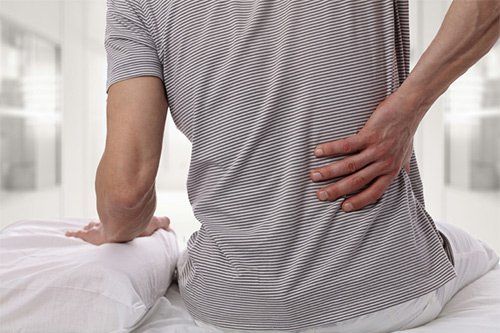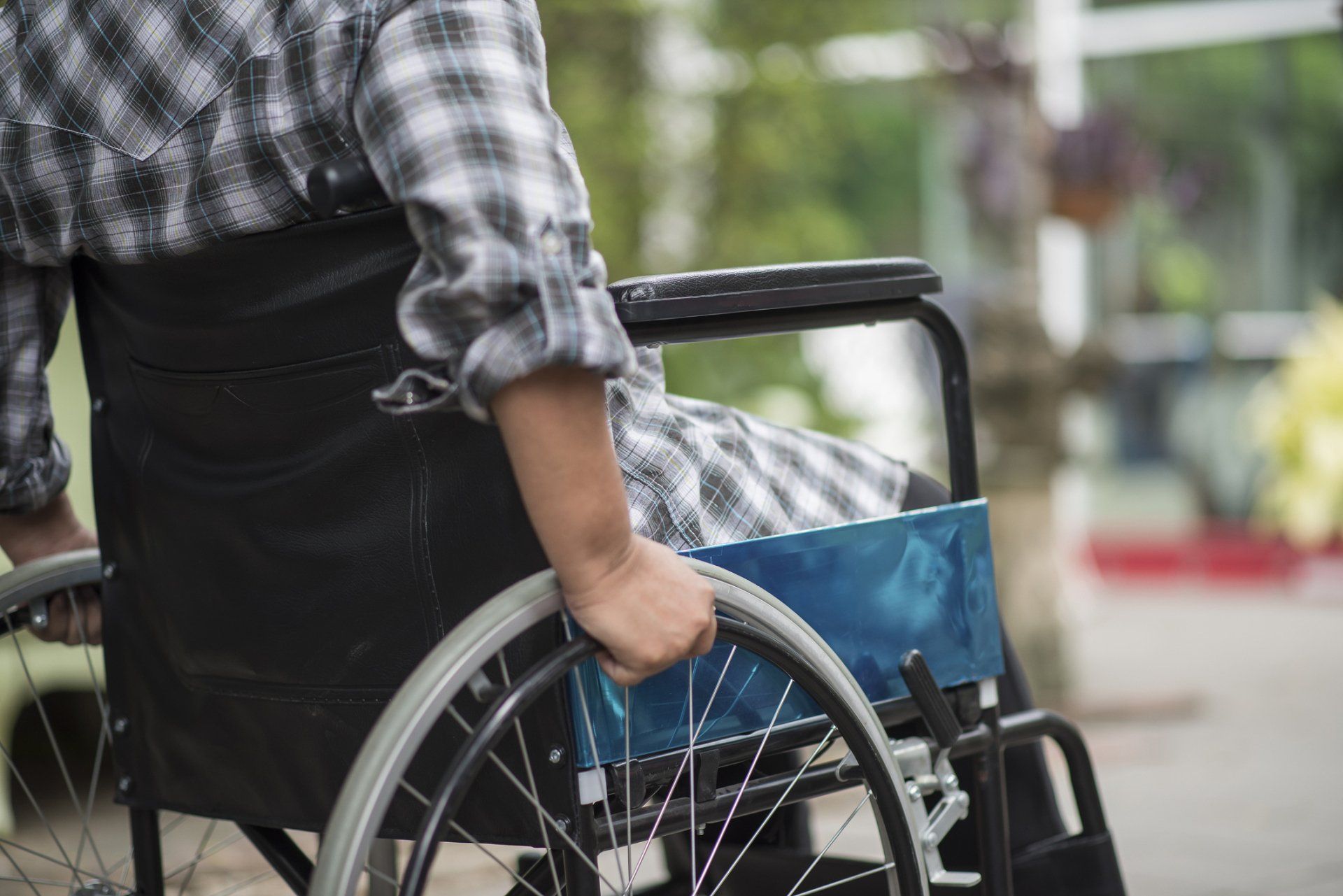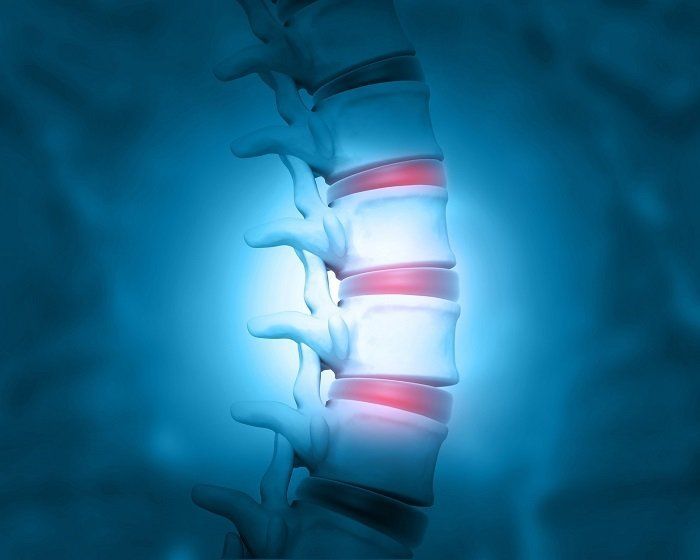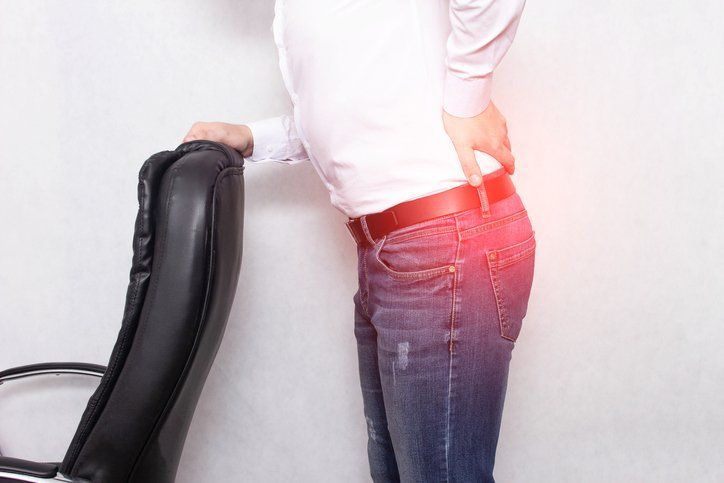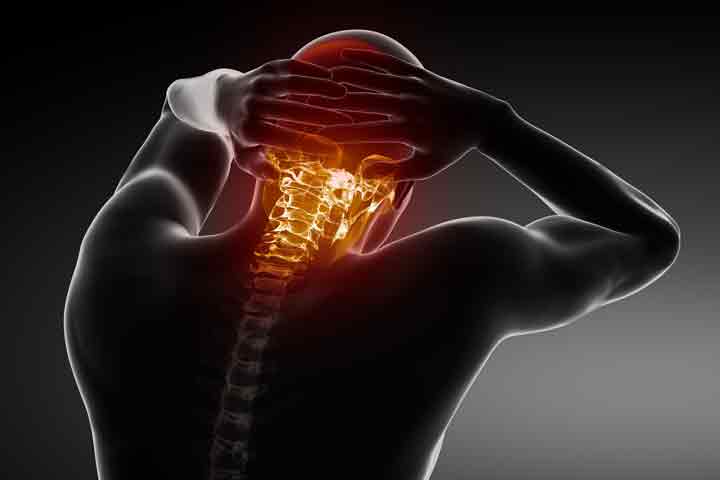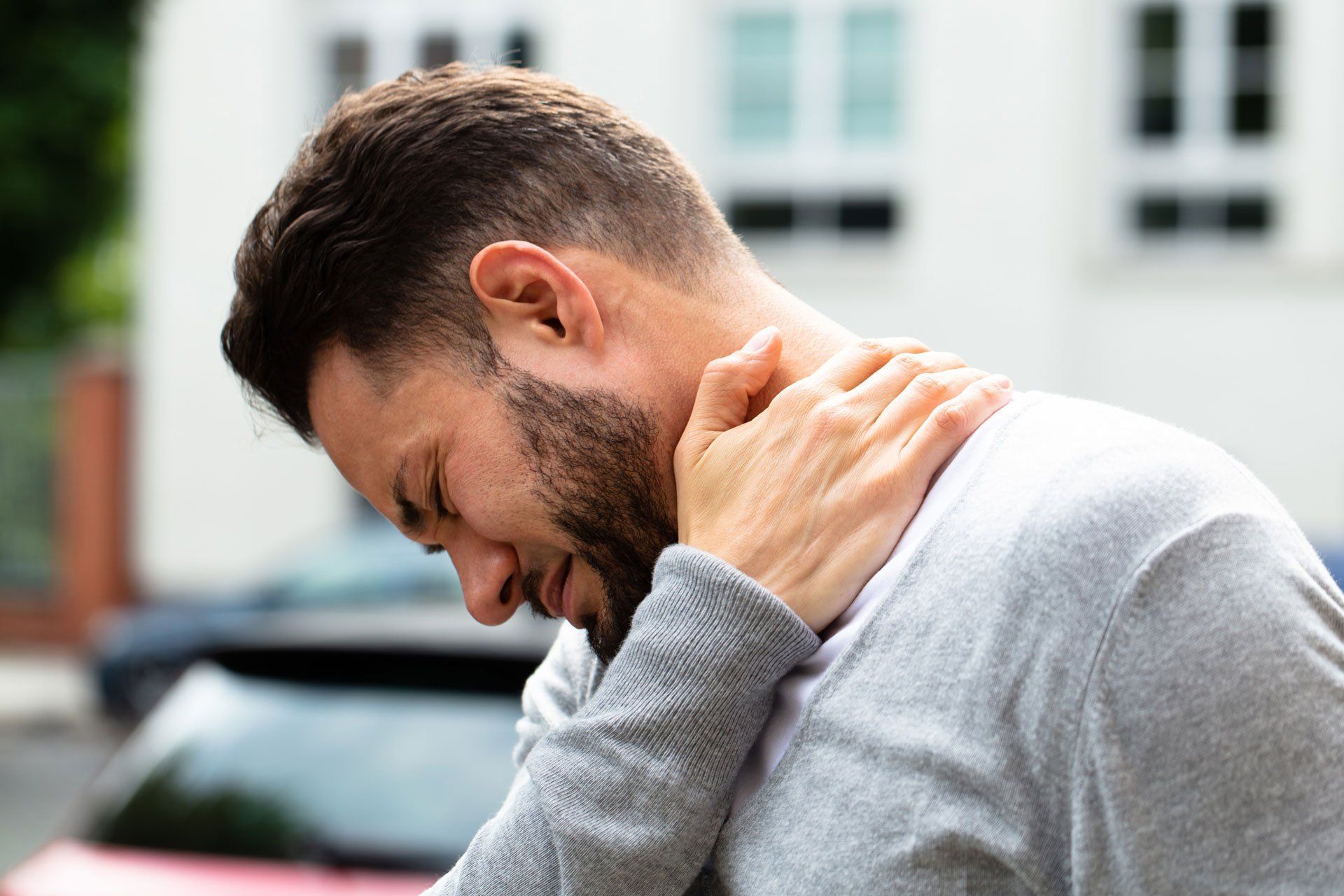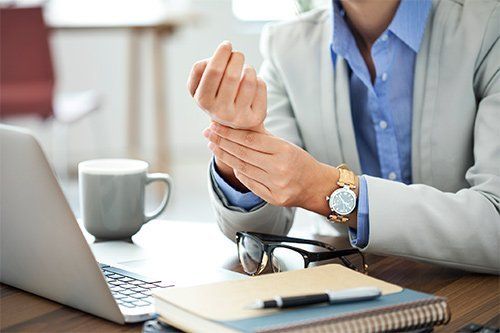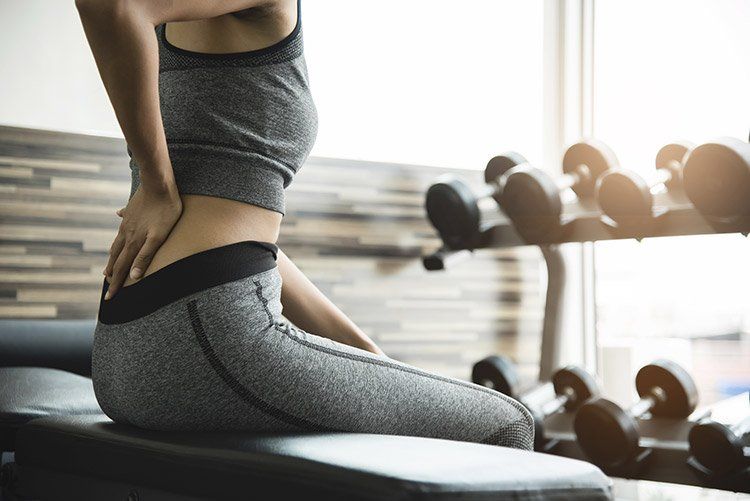Important Information About Your Tailbone and Coccydynia
Have you ever had an ache at the base of your spine? You may have thought it was caused by sitting for too long, maybe during a trip or during a long work day. While that cause of the pain certainly is possible, you could also be suffering from coccydynia, or tailbone pain. This condition is more likely if you also feel sharp pains in the area while standing or moving around.
Coccydynia is more than a mere nuisance. It is, in fact, a treatable condition. Find out more about tailbone pain and what you should do about it.
The Coccyx
Coccydynia is localized pain of the coccyx. Colloquially known as the tailbone, the coccyx is a triangular bone that resembles a tail at the base of your spine. Five coccygeal vertebrae make up the coccyx. Just above the coccyx is the sacrum, a much larger triangle to which the coccyx is fused.
The sacrum and coccyx are weight-bearing structures of the spine. The coccyx specifically bears your weight while you're sitting. Leaning back while sitting increases pressure on the coccyx, while remaining upright relieves the pressure. Tendons, ligaments, and muscles attach to the coccyx, and the bone is the insertion point for some of the pelvic floor muscles.
The Causes
Lower-back pain may be one of the most common types of pain people feel. While lumbar pain is common, you can also suffer from pain specifically in the coccyx.
Injury is a common cause of coccydynia. You may have fallen on your buttocks and thought the tissue saved you from real injury. However, the coccyx may have taken the brunt of the fall. The coccyx can become injured or even fractured from a hit, especially during contact sports. Even sitting on a hard surface for an extended time can cause the tailbone to ache.
Getting injured during sport isn't the only way your coccyx can become injured. If you're a rower or a cyclist, you can develop repetitive strain injury. Pain develops when you put strain on the muscles and ligaments around the coccyx from the act of leaning forward repeatedly and for lengths of time.
A common cause of coccydynia later in life is degenerative joint disease. Over time, the cartilage holding your coccyx in place can wear down. When the tailbone no longer has this support system, you'll feel pain.
Finally, a cause that relates only to women is childbirth. As part of the child-birthing process, your coccyx becomes flexible at the end of pregnancy. The increased flexibility allows the coccyx to move out of the way during birth. However, the muscles and ligaments around the coccyx can become strained, causing the coccydynia pain.
The Treatment
Quite often coccydynia will go away on its own as long as you care for the affected area. Below are some tips to relieve the pain:
- Use a donut cushion when sitting.
- Avoid sitting on hard surfaces.
- Avoid leaning back while sitting - lean forward enough to direct the weight away from the tailbone.
- Get up regularly, and walk around to avoid putting prolonged pressure on the tailbone area.
If the coccydynia is the result of an injury, alternate putting hot and cold packs on the area. Likewise, if you feel more pain during waste elimination, consider taking laxatives to relieve the pressure. You could also alter your diet to include high-fiber foods to soften the stools.
You should see a doctor if the coccydynia persists for more than a few weeks. You may need to undergo physical therapy to strengthen the muscles around the coccyx. A physical therapist can advise you on exercises to help correct your posture.
If the coccydynia persists, your doctor might recommend receiving injections or undergoing surgery. Injections can include anti-inflammatory drugs, such as corticosteroids, which reduce inflammation and can dramatically reduce pain. They can also use or nerve blockers, which anesthetize the area. Surgery is a last resort.
Don't suffer through coccydynia. Seek medical advice on how to alleviate the pain. Let the physicians at Specialists in Pain Management specify a treatment plan for your tailbone pain.
Licensed | Bonded | Insured
DISCLAIMER: You will receive a call to remind you of your appointment. If you must cancel your appointment, we would appreciate at least 24 hours notice. No-shows may be charged a missed appointment fee of $25. Please bring your insurance card, a picture ID and your current medications to each visit.
CONTACT INFORMATION
Chattanooga Location
Address: 281 N. Lyerly St, Suite 200,
Chattanooga, TN 37404
Fax: 423-698-0511
Ooltewah Location
Address: 4957 Swinyar Drive, Suite 101,
Ooltewah, TN 37363
Fax: 423-362-7778
Phone: 423-698-0850
Cleveland Location
Address: 862 Callen Ln, NW Suite 110
Cleveland, TN 37312
Fax: 423-698-0511
Business Hours:
Chattanooga Location
- Mon - Fri
- -
- Sat - Sun
- Closed
Appointments Available
Ooltewah Location / Cleveland Location
- Mon - Thu
- -
- Fri - Sun
- Closed




CareCredit, Most Major Insurances Accepted
OUR LOCATION
Chattanooga Location
Ooltewah Location
Cleveland Location

